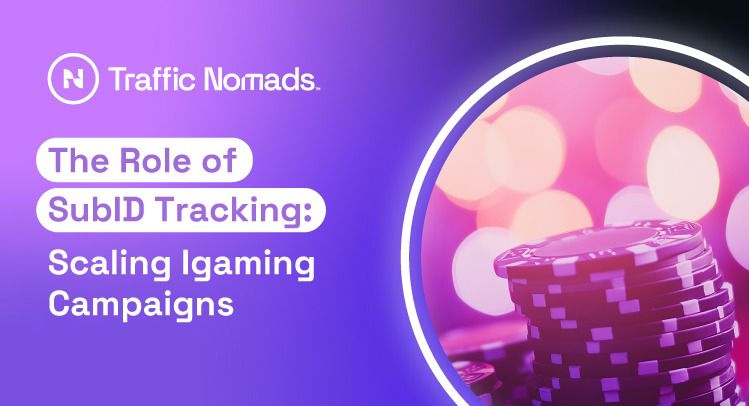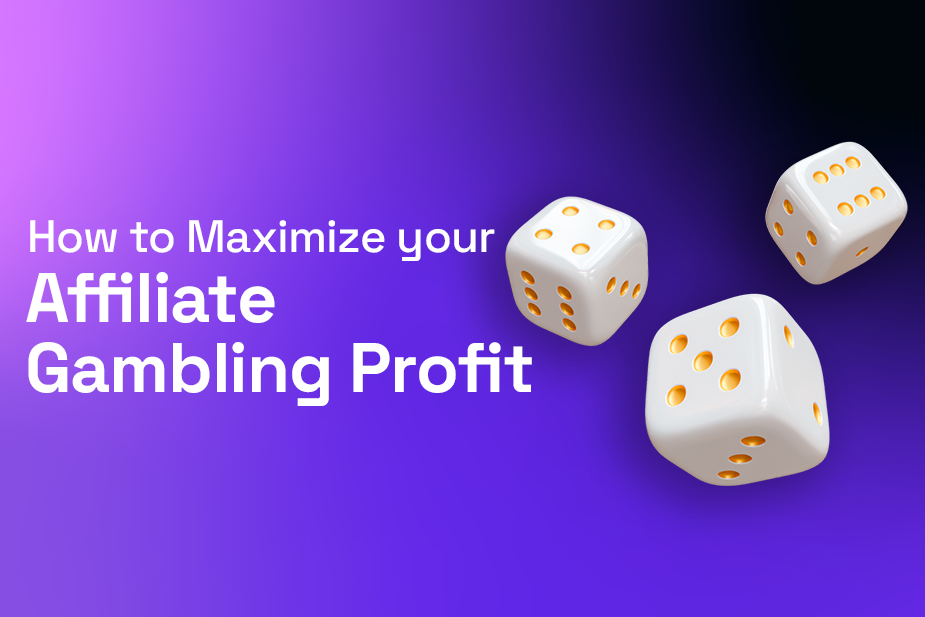Introduction
In the competitive iGaming market of 2025, most affiliates and operators still rely on push ads, popunders, or display formats to generate casino traffic.
Native advertising, however, remains an underused format with strong potential.
By blending into editorial content, native ads avoid fatigue, build trust, and deliver gambling traffic with higher intent.
For brands and affiliates looking to buy casino traffic, this is a channel worth serious attention.
What Native Ads Mean for Casino Traffic
Native ads are placements that match the style and tone of the platform where they appear, often labeled as “sponsored content.”
They don’t interrupt the user experience, which makes audiences more willing to click.
Applied to iGaming, native ads bring casino traffic from users already consuming related content, reviews, game comparisons, or entertainment news.
This contextual approach improves engagement and deposit rates compared to more intrusive formats.
Why Native Ads Work for Gambling Traffic
-
Higher engagement: Native placements feel natural and usually achieve stronger CTR.
-
Relevance: They appear in content environments where casino traffic is already active.
-
Control over quality: With whitelists and selective placements, it’s possible to secure higher-value gambling traffic sources.
-
Less competition: Most buyers focus on push and pop inventory, leaving native ads less saturated.
How to Run Native Ads for Casino Traffic
1. Choose the Right Platforms
Work with networks that accept iGaming offers and provide transparent reporting, audience segmentation, and traffic quality controls.
This ensures your casino traffic comes from verified and compliant sources.
2. Target Profitable GEOs
Markets in LATAM, Eastern Europe, and Asia often deliver strong ROI, but compliance varies.
Always align your casino traffic strategy with local regulations and audience behavior.
3. Build Effective Creatives
Use curiosity-driven headlines, jackpot imagery, and direct calls to action like “Claim your free spins.”
Always test multiple variations and monitor which visuals deliver the best conversion quality.
4. Optimize Placements
Focus on gathering performance data and identifying top-performing publishers.
Once clear patterns emerge, create whitelists of high-performing sites and placements to scale your casino traffic effectively.
5. Maintain Quality Control
Monitor bounce rates, session duration, and deposit rates.
Block low-quality placements quickly and rely on postback integrations or tracking systems to measure ROI accurately.
Challenges to Consider
-
Regulation: Gambling traffic is restricted or banned in some markets.
-
Messaging limits: Avoid misleading language such as “guaranteed profit.”
-
Fraud risk: Validate all casino traffic sources with anti-fraud tools.
-
Creative fatigue: Update ads regularly to maintain click-through rates.
Benchmarks and Results
Campaigns using native placements for casino advertising often show better retention and deposit quality compared to push or pop.
Players arrive from content-driven environments, making them more receptive to casino offers.
For affiliates, this often translates into 20–30% stronger ROI on iGaming campaigns.
Best Practices
-
Build whitelists of proven publishers.
-
Automate rules to cut weak placements.
-
Segment by device and OS - mobile leads in volume, desktop often in LTV.
-
Refresh creatives weekly to avoid burnout.
-
Focus on depositors and lifetime value, not cheap clicks.
Conclusion
Native advertising is still overlooked in casino marketing, but it can deliver consistent, high-quality gambling traffic when managed well.
With strong creatives, careful targeting, and ongoing optimization, it’s possible to buy casino traffic that not only converts but sustains long-term growth.
Traffic Nomads provides access to premium casino traffic sources with full transparency and compliance, helping partners scale their iGaming campaigns in 2025.








